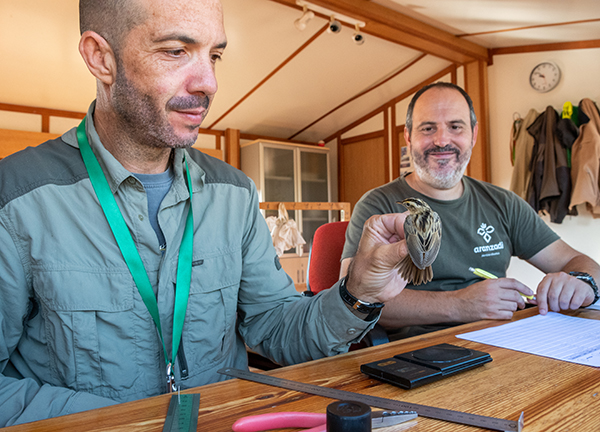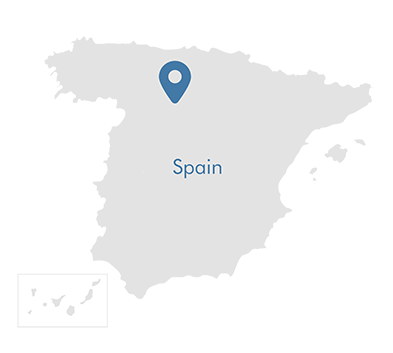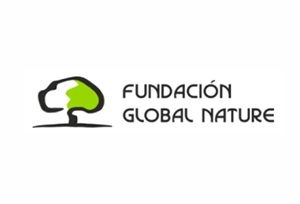SPAIN, EUROPE
Tierra de Campos Wetlands
In the heart of Tierra de Campos, in an arid and steppe landscape, we discover the important role of wetlands, which are home to extraordinary biodiversity, provide numerous resources and services to local populations, and activities such as agriculture, livestock, hunting or tourism.
What makes it special
Until the middle of the 20th century, in Tierra de Campos there was one of the most important wetlands in Spain, the Laguna de la Nava, or Mar de Campos, a large steppe lagoon with a surface area of more than 2,200 ha, located in Palencia (Castilla y León). This lagoon was drained converting the area into agricultural land. In 1990 Fundación Global Nature started a recovery project and currently around 400 hectares of the original wetland have been restored.
Protection status
· Ramsar Site 1260, Wetland of International Importance
· EU Natura 2000
· SPA (Special Protection Area)
· SCI (Site of Community Importance)

Biodiversity
225 species of birds were counted – among them 50 % of the species living in Spain, and more than 60 % of the birds registered in the Red List. Among them are Greylag Geese (Anser anser), Teal (Anas crecca) and shoveler (Anas clypeata), Kibitzers (Vanellus vanellus), Stilts (Himantopus himantopus), Redshanks (Tringa totanus) and Coots (Fulica atra). The extensive grain fields around the lagoon are home to a variety of steppe birds such as Great Bustard (Otis tarda), Calandra Lark (Melanocorypha calandra) or Harriers (Circus spp.).

Local Communities
The first projects focused on the recovery of lagoons associated with the Sea of Campos, including the creation of an information center about them in Boada de Campos (Palencia), to later extend the actions to the lagoons associated with the historic Canal de Castilla. Thanks to these works, lost habitats for migratory birds have currently been recovered and a new ecotourism destination has been created that generates opportunities for neighbors.
The results of these efforts have been spectacular, not only because the restored wetlands at Tierra de Campos now host, especially in winter, tens of thousands of geese, cranes and other water birds, but also because they are important for rural development in small villages, where more than 20,000 people per year come, many of them visit the Museum that we build and manage at Boada de Campos. For all these reasons, we have a long-term commitment to the Tierra de Campos wetlands.

Our Work
Fundación Global Nature have been working to restore these wetlands for more than 30 years. Its activity begins with the flooding of the first 60 hectares of the Nava lagoon after 50 years of drying out. At present, the water occupies about 300 ha. Global Nature have also worked on the restoration of the Boada and Pedraza lagoons where, thanks to the purchase and lease of agricultural land, the creation of land stewardship agreements, water management, the removal of dry vegetation by mowing, stripping and grazing, we have managed to restore 70 and 100 ha of water surface, respectively.
As a complement to these actions, in 2006 we started to work on the wetlands associated with the Canal de Castilla, one of the most emblematic and ambitious hydraulic works carried out in Spain, built in the 18th and 19th centuries to connect the Castilian plateau with the Cantabrian Sea ports. More than 70 small and medium-sized wetlands are developed on its banks, 33 of which are recognised as being of special importance for conservation. This is especially significant in a region like Tierra de Campos, with an arid and steppe-like landscape. Our achievements include reforestation, mowing and removal of dead marsh vegetation, and in some cases improving flood levels, in 34 wetlands associated with the Canal.
Fundación Global Nature

Co-funded by the European Union. Views and opinions expressed are however those of the author(s) only and do not necessarily reflect those of the European Union or CINEA. Neither the European Union nor the granting authority can be held responsible for them.


